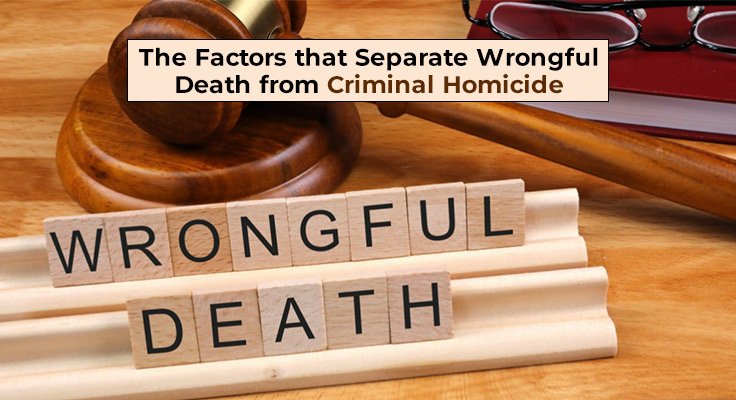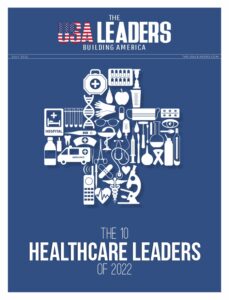The terms wrongful death and criminal homicides are two distinct legal concepts, with each describing the death of an individual. Even though they address the loss of an individual’s life, these terms are significantly different in the justice system in terms of nature, intent, burden of proof, and consequences.
Sadly, Ohio sees a high number of both wrongful deaths and criminal homicides. The concerning fact here is that Ohio’s homicide rate, which went up during the COVID-19 pandemic, is yet to come down.
One needs to understand the differences between wrongful death and criminal homicide, especially if you want to file a wrongful death claim in Columbus, OH. This will help you understand which falls under the civil legal process and which falls under the criminal legal process.
Let’s address the differences between the two concepts.
The Nature of the Case
The fundamental distinction between wrongful death and criminal homicide lies in the nature of the case.
Wrongful death is considered a civil case that is filed by the victim’s family members or estate and seeks financial compensation for the harm caused. This harm can be a result of a person or an entity’s negligence, recklessness, or unintentional action.
Such cases normally aim to address the damages caused as a result of the loss of life and offer financial restitution to the victim’s family. They include loss of income, medical expenses, and emotional suffering in most cases.
Criminal homicide is a criminal case and is prosecuted on a state or federal level. It mainly focuses on an individual’s unlawful deeds that caused the death of another. It serves the purpose of protecting society by punishing the defendant, and it includes various charges such as murder, manslaughter, and negligent homicide.
The Burden of Proof
The burden of proof substantially differs between wrongful death and criminal homicide cases.
For wrongful death, the plaintiff must meet the standard of “preponderance of the evidence” in such cases. This means they must show that it is more likely than not that the defendant’s actions caused the death of their loved ones.
In the case of criminal homicide, the prosecution must prove “beyond reasonable doubt” that the defendant is guilty as charged. This is a higher standard because criminal convictions carry severe penalties such as lengthy imprisonments and, in some jurisdictions, the death penalty.
The Intent
In wrongful death, the intent to kill is not required because only the proof of the defendant’s negligence or recklessness that led to the loss is sufficient.
For example, a drunk driver causing a fatal accident did not have the direct intention of causing the accident. However, he or she can be charged with wrongful death in such a case.
In criminal homicide, intent is very important. It is used to distinguish which charges are appropriate for the defendant, such as first-degree murder, second-degree murder, and manslaughter. For example, a premeditated murder falls under first-degree, and reckless disregard of life falls under manslaughter.
Penalties
In wrongful death cases, the final verdict awards the victim’s family financial compensation to cover the damages caused.
For criminal homicide cases, the final verdict is punitive and includes imprisonment, fines, and even the death penalty.
Conclusion
Wrongful death and criminal homicide both address the same tragic event but from different legal perspectives. Remember, a single death can lead to both a wrongful death lawsuit and a criminal homicide case. Understanding these major distinctions is crucial in cases that involve loss of life.





















